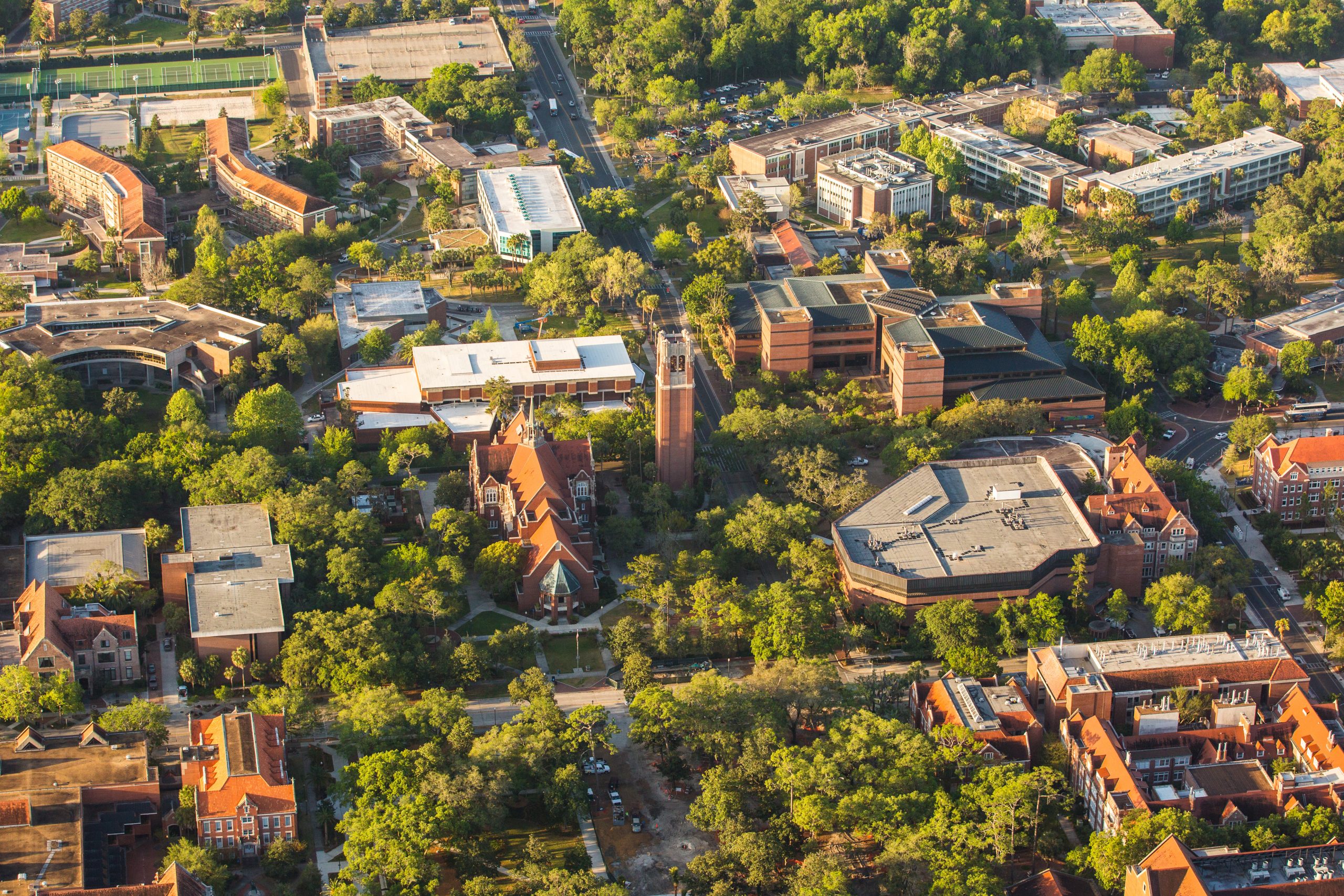
Animal Research Safety
Animal Research Safety
EH&S continuously works with the Institutional Animal Care and Use Committee (IACUC), Institutional Biosafety Committee (IBC), and Animal Care Services (ACS) to ensure the safety of staff working in animal research. During the IACUC protocol review process, an ancillary review will be performed by EH&S staff to address safety-related concerns within the investigator’s protocol. If you have questions about the protocol review process, please contact the IACUC at iacuc-crm@research.ufl.edu
